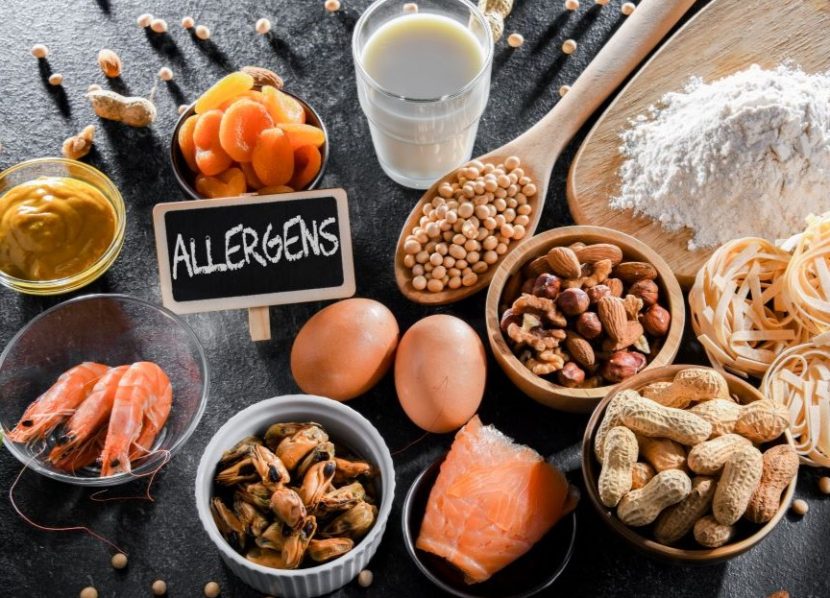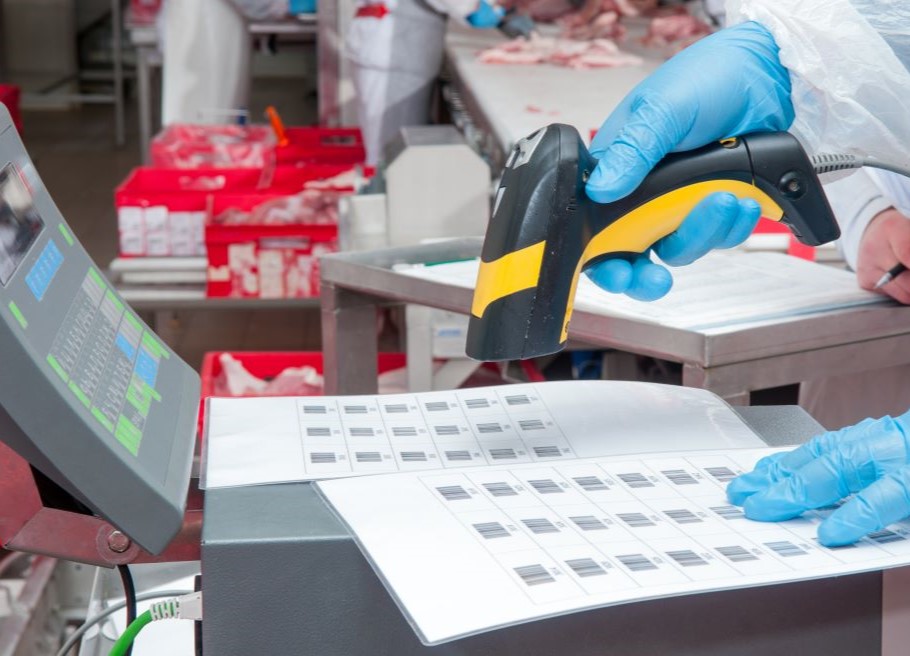Global Food Safety: Harmonization Initiatives and the Roadblocks Ahead
By Beth Driscoll
One of the challenges many food manufacturers must handle, sometimes on a daily basis, is navigating complex public regulatory systems. Each country, and often level of government within a country, has their own acts, regulations, policies, and guidelines to which a manufacturer must adhere. For example, in the US priority allergens are milk, eggs, fish, crustacean shellfish, tree nuts, peanuts, wheat, and soybeans; in Canada, priority allergens include all US allergens as well as mustard and sesame seeds. Even within the same allergen group, the species can differ. tree nut category includes chestnuts and coconut, neither of which are included in the Canadian tree nut list. To complicate this more, the EU priority allergen list includes all the Canadian allergens plus lupin and celery, with some differences in the sub-categories listed. These differences create a significant problem with regards to allergen compliant food labelling, including legal liability and increased operational costs.
By acknowledging robust foreign food safety controls, we can streamline imports while safeguarding consumer health.
Harmonizing Food Regulations
One solution to these issues is regulatory harmonization, or aligning regulations and policy instruments between jurisdictions. Harmonization activities do not require regulatory instruments be identical, but instead can recognize that the outcomes of the instruments are equivalent. If you have ever rented a car outside your home province or state, you’ve experienced this – a driver’s license is valid across North America, no matter where in Canada or the US the license was issued. Given that food safety legislation is science-based, regulatory harmonization is an important tool to promote food safety and public health while decreasing the regulatory burden on food manufacturers.
Examples of Harmonization Activities
In Canada, there are two examples of regulatory harmonization used by the Canadian Food Inspection Agency (CFIA) through the Safe Food for Canadians Regulations (SFCR): systems recognition and equivalence.
The CFIA has said, “recognition of foreign systems occurs when two countries’ food safety control systems can achieve comparable levels of food safety, based on comprehensive laws, implementation and oversight programs, and monitoring of regulatory performance.” This regulatory agreement can result in, for example, greater reliance on the other country’s follow-up during food safety events, or decreased verification activities. Such recognition can also be applied to portions of a foreign country’s system based on specific processes or food items.
Another example is equivalency arrangements such as the US-Canada Organic Equivalency Arrangement between USDA National Organic Program (NOP) and the Canadian Organic Regime (COR). An equivalency arrangement allows a product certified to the COR to be recognized as meeting the NOP standard (though there are a few other requirements) or vice versa. This allows organic products NOP to be imported into Canada without the manufacturer undergoing a COR inspection. In other words, NOP certification for a food product assumes that the product would achieve COR certification, and thereby forgoes the assessment process.
Challenges faced in aligning regulations among different countries and regions
First, food preferences differ from country to country, and regulations usually consider the regional and national requirements, not global issues. Since ground lupin is gluten free, it is a common replacement for grain ingredients containing gluten in Europe, but not in North America, hence the allergen labeling requirement in the EU. Therefore, changing the priority allergen lists in North America for a low-likelihood risk is not likely or necessary.
Second, regulatory policies are often based on emerging issues that are often geographical in nature and evolve over time. The CFIA introduced requirements for controlling Salmonella in frozen raw breaded chicken products in 2019, whereas the US policy was finalized in 2024 and will be effective in May 2025. Harmonized policies could be difficult to implement across multiple countries when initially approved and would require greater coordination between governments.
Top 5 Benefits to Aligning Regulations
- Foremost, of course, is the benefit to public health. For example, the Public Health Agency of Canada found a significant reduction in salmonellosis following the implementation of the Salmonella control measures. Harmonized allergen labelling would also protect more consumers than simple the individuals who have a priority food allergy.
- Second, it would be expected to reduce costs to the manufacturer because facilities know their food safety activities will be recognized by their entire market, not just the national market for their products. For example, allergen labelling to comply with national differences requires either a separate label for each country / region, which has cost of label creation and application to the food stuff or applying the appropriate label once it is in the country of sale.
- Third, enforcing import and export policies is costly, and harmonized regulations could potentially reduce the cost through fewer inspection and sampling activites.
- Fourth, harmonized regulations focus on outcomes of a regulation, not the process and this allows countries to meet a standard in a variety of ways. This too would decrease the economic burden of meeting a regulation.
- Finally, there are strong international bodies that continue promote and support regulatory harmonization, including the Food and Agricultural Organization of the United Nations’s Codex Alimentarius (usually just called “Codex” by industry) and the WTO Agreement on the Application of Sanitary and Phytosanitary Measures (usually just called the “SPS Agreement”).
Food safety and public health are two examples of activities in which regulations play an important role in promoting positive outcomes for a society. Harmonizing regulatory policies could help to achieve the societal benefits of improved public health and decreased foodborne illness while creating a more favourable manufacturing environment.
About the Author
Beth Driscoll, PhD, is the principle of Driscoll Food Safety Inc., with more than 20 years experience in the food industry as an auditor, trainer, and consultant, and has worked with most sectors of the food industry. She is also a professor of food science technology at Centennial College in Toronto, Ontario, Canada, and teaches food safety and quality assurance-focused courses in the Food Science Technology Program.

-
 FeaturedRisk management
The Cost of a Breach: What a Cyberattack Could Mean for Food Safety Recalls
FeaturedRisk management
The Cost of a Breach: What a Cyberattack Could Mean for Food Safety Recalls
-
 FeaturedRisk management
Securing the Food Chain: How ISO/IEC 27001 Strengthens Cybersecurity
FeaturedRisk management
Securing the Food Chain: How ISO/IEC 27001 Strengthens Cybersecurity
-
 FeaturedRisk management
Revolutionizing Food Safety Training: Breaking Out of the “Check-the-Box” Mentality
FeaturedRisk management
Revolutionizing Food Safety Training: Breaking Out of the “Check-the-Box” Mentality
-
 GFSI Standards
GFSI 2025: Building Trust, Tech-Forward Solutions, and Global Unity in Food Safety
GFSI Standards
GFSI 2025: Building Trust, Tech-Forward Solutions, and Global Unity in Food Safety
-
 FeaturedFood Safety
Integrated Pest Management: Strategies to Protect Your Brand’s Reputation
FeaturedFood Safety
Integrated Pest Management: Strategies to Protect Your Brand’s Reputation
-
 FeaturedFood Safety Culture & Training
No Open Door Policy: Challenges That Impact Pest Control in Food Processing Plants
FeaturedFood Safety Culture & Training
No Open Door Policy: Challenges That Impact Pest Control in Food Processing Plants




